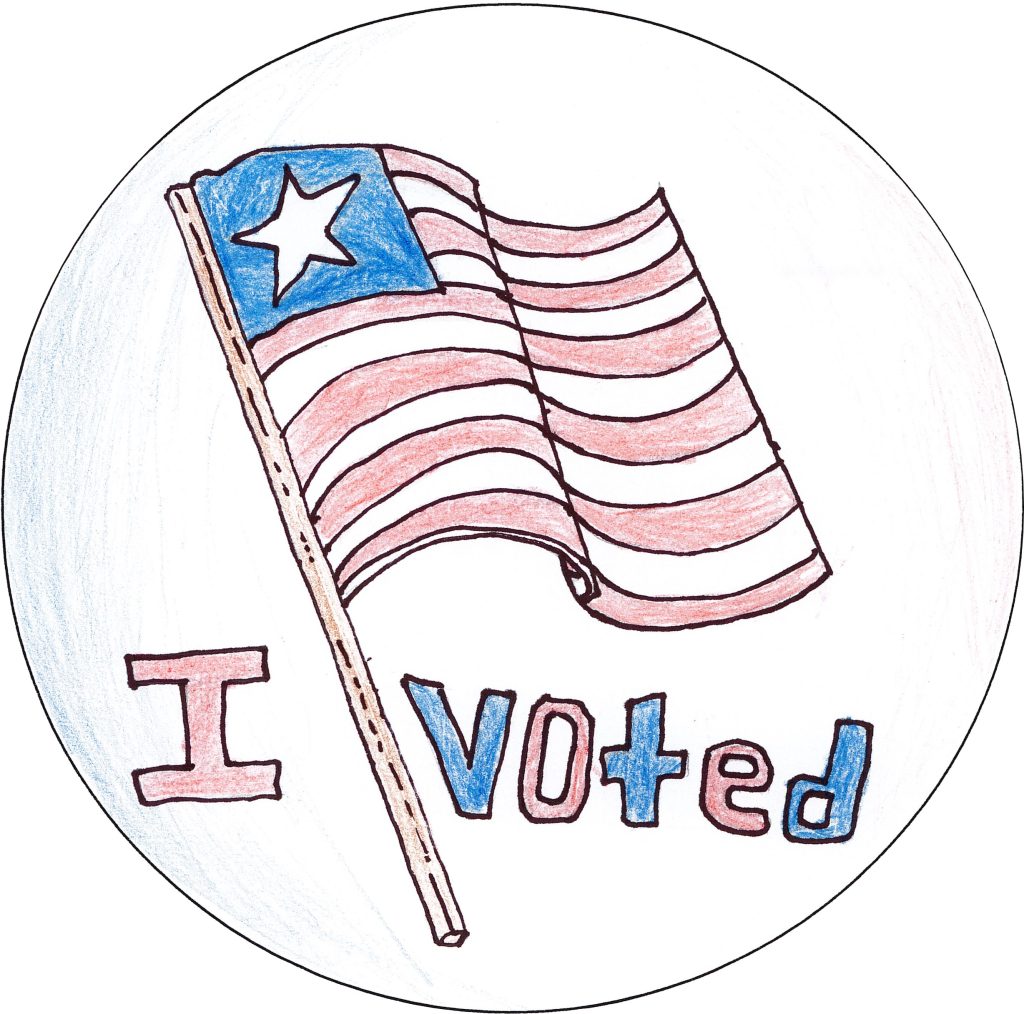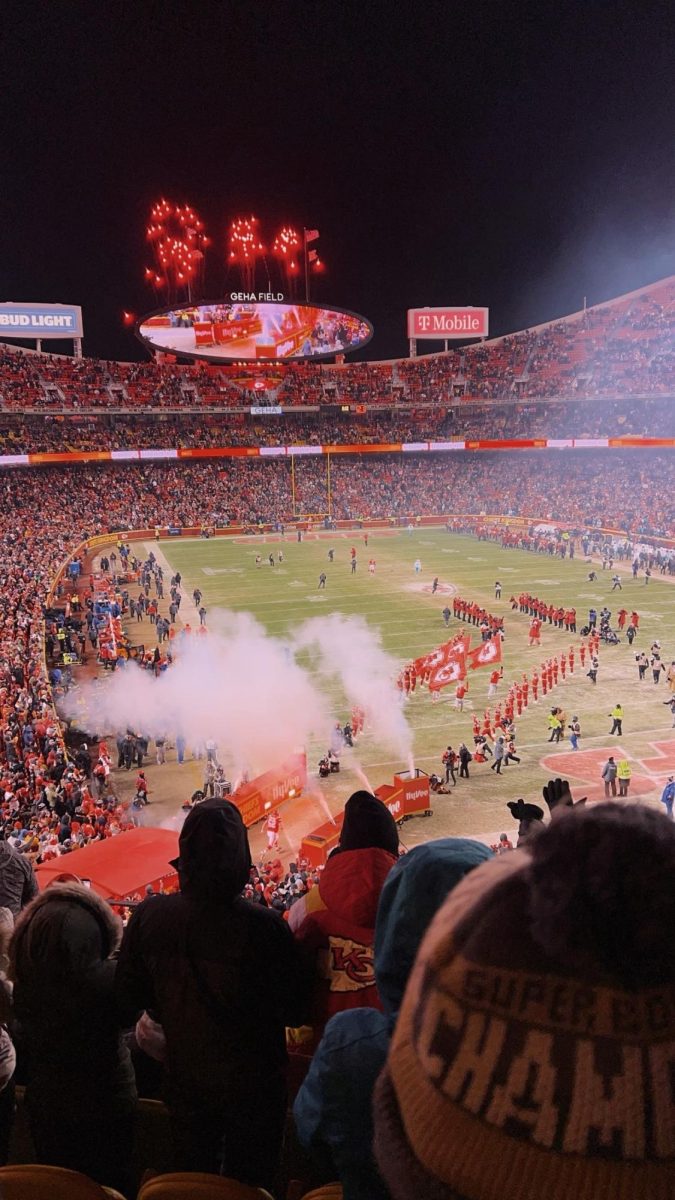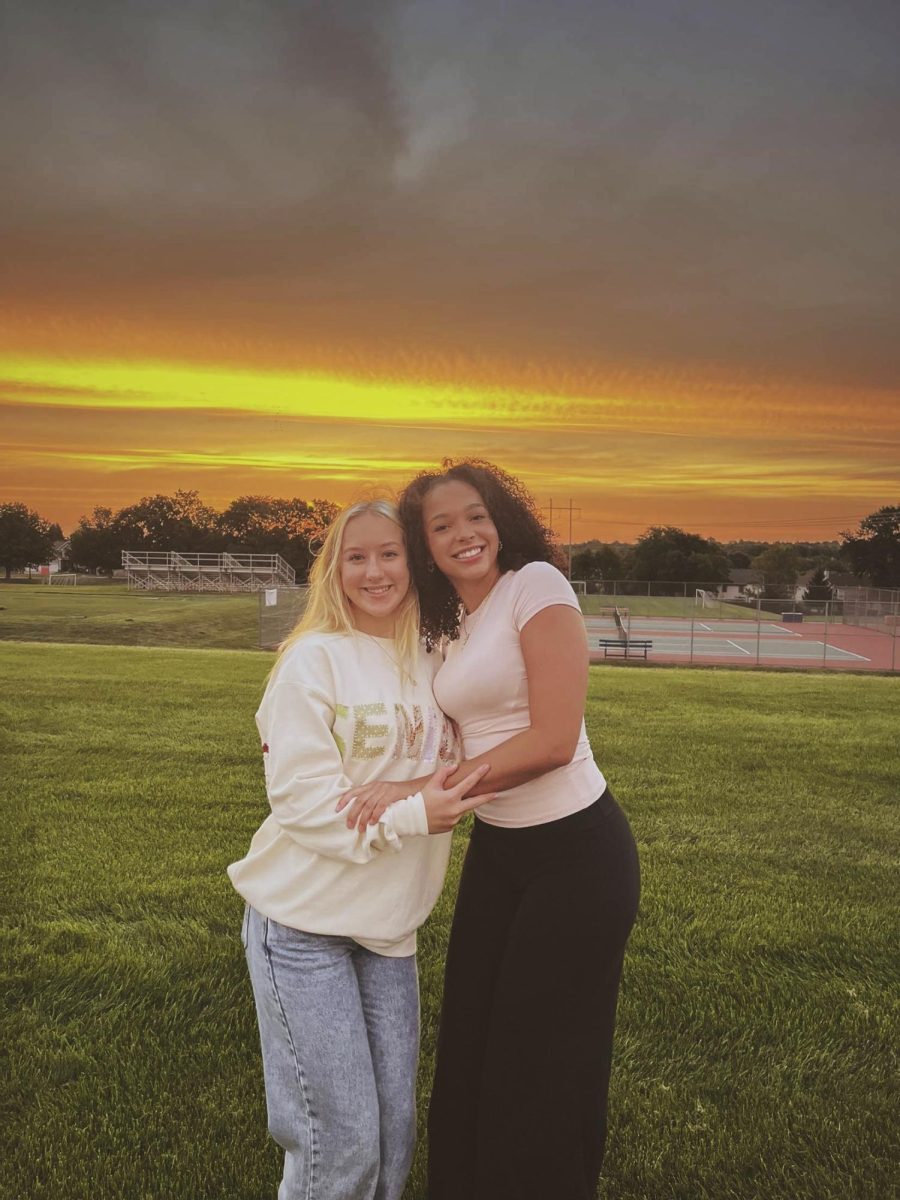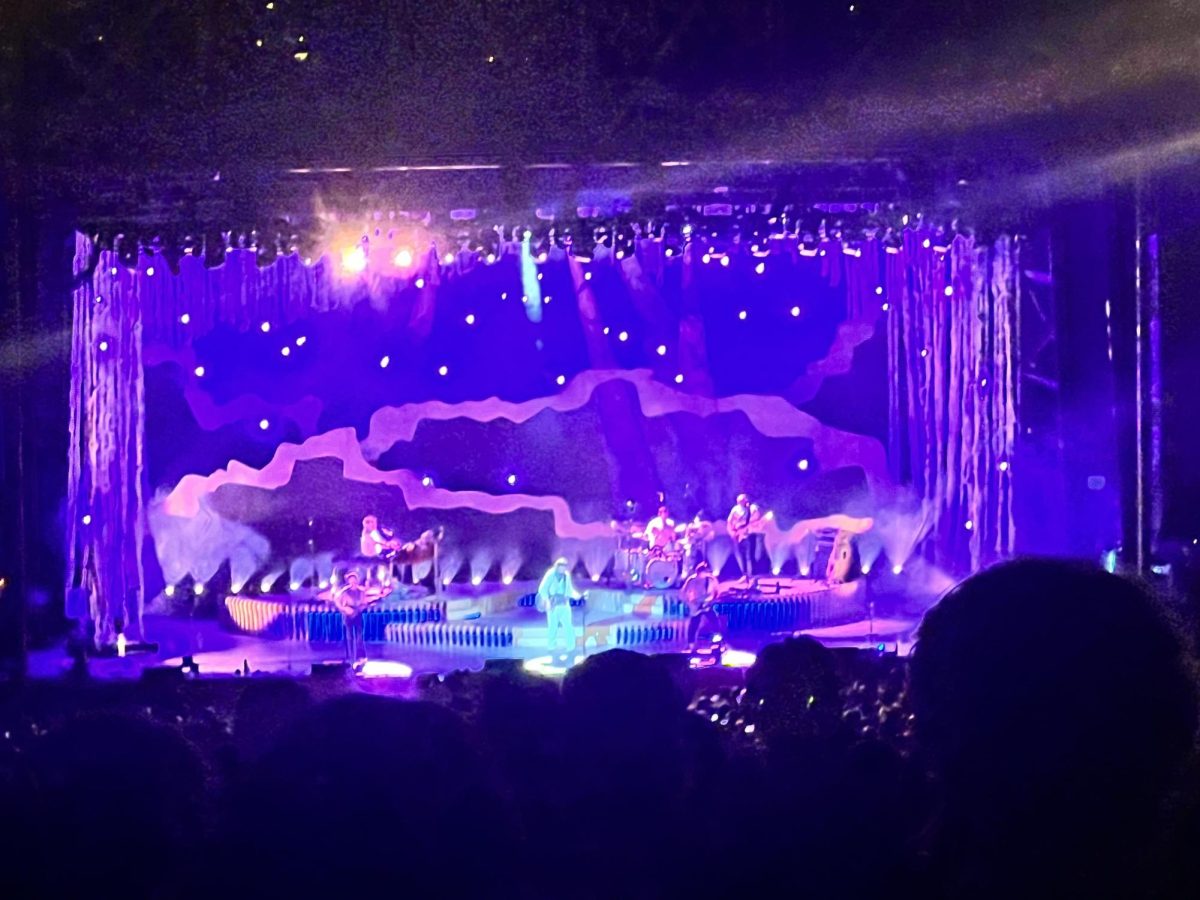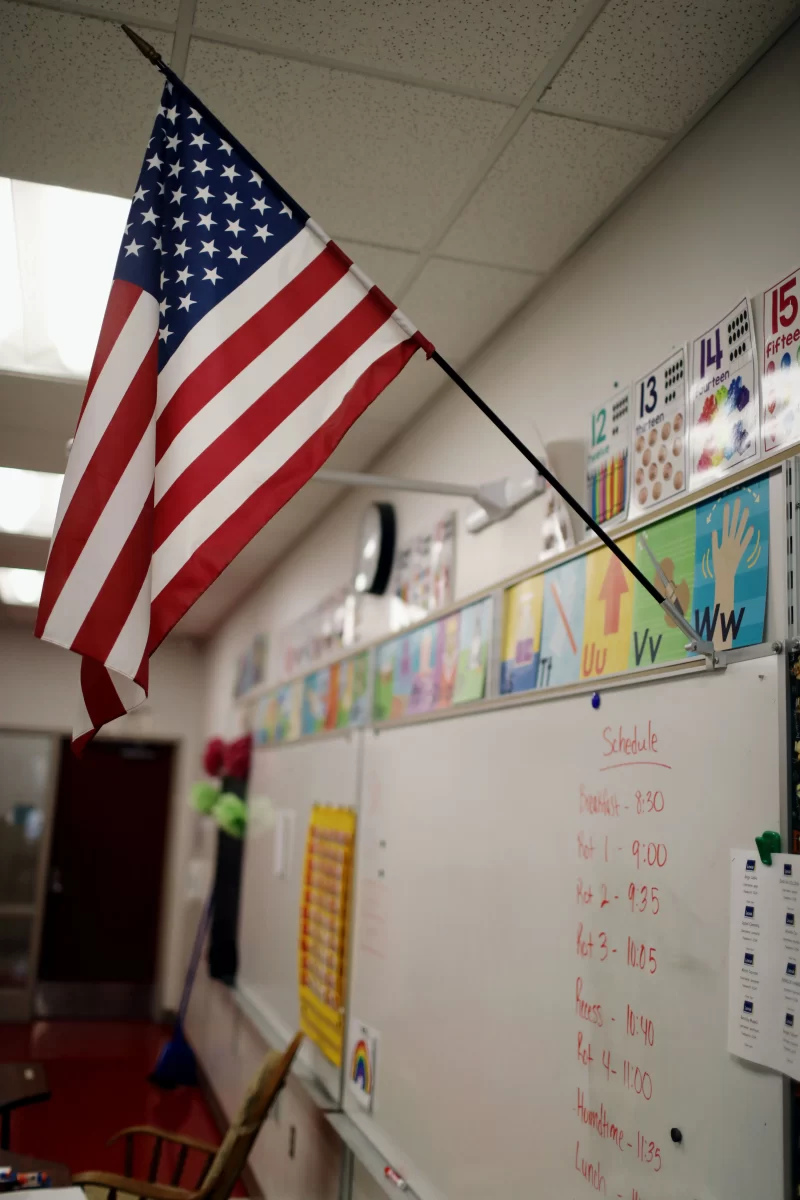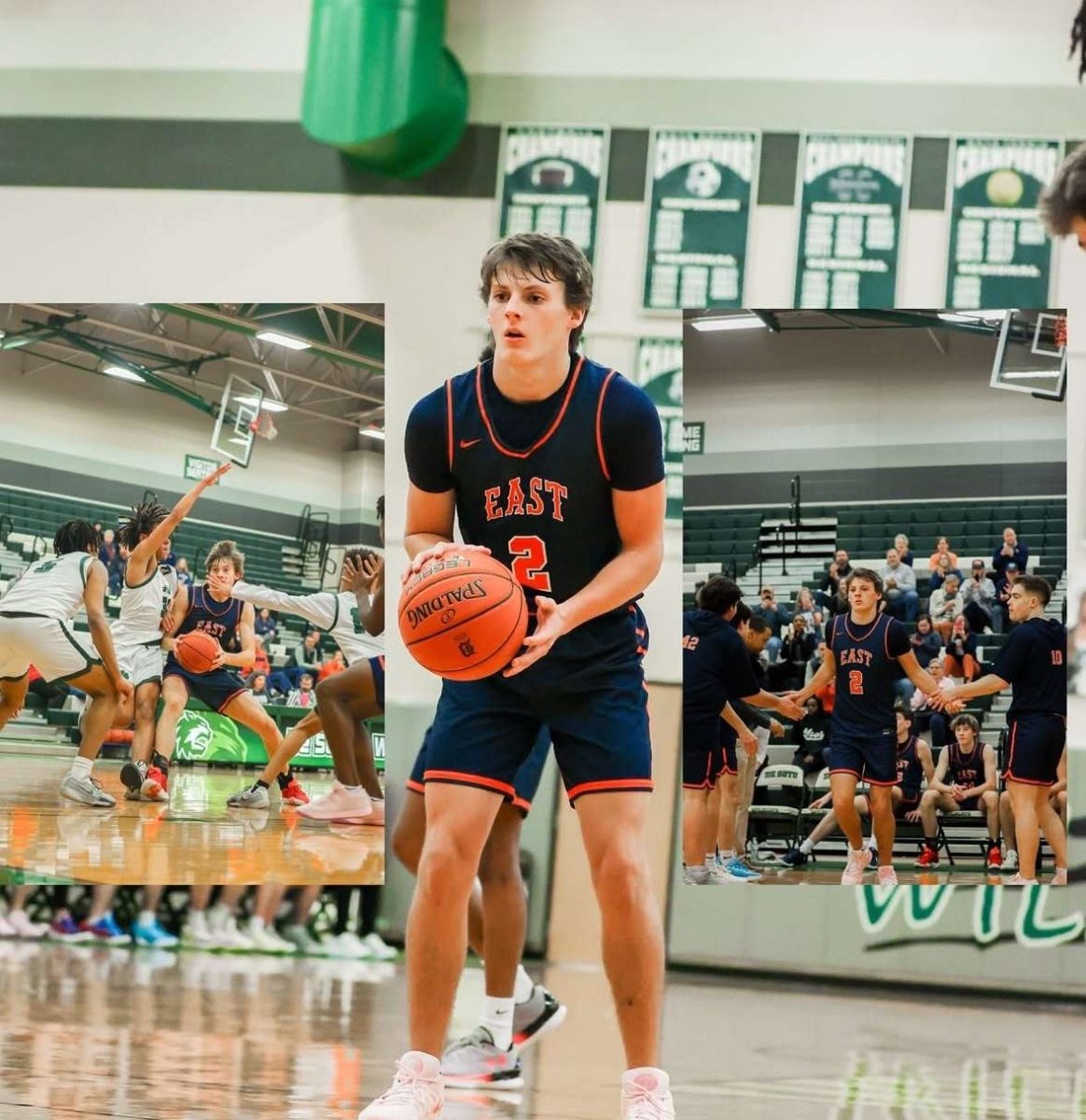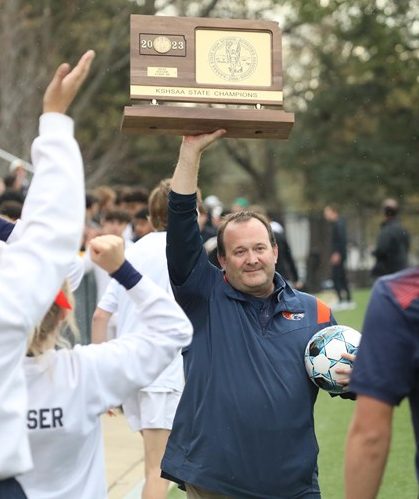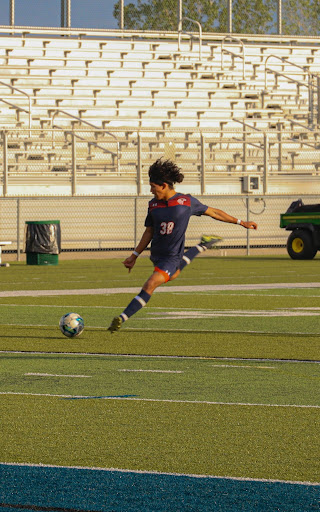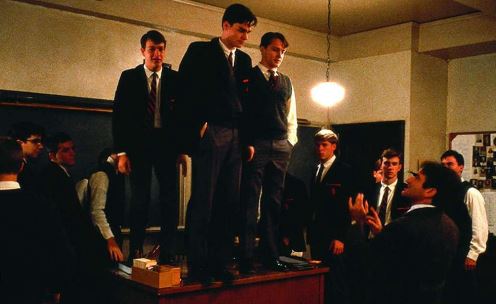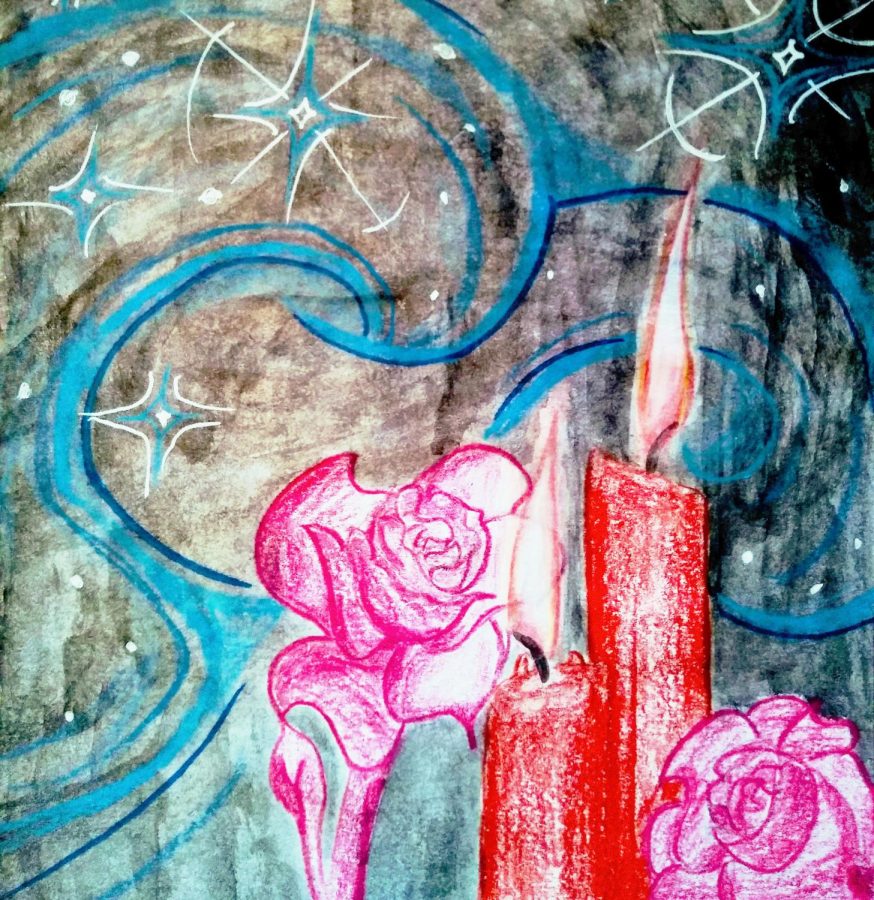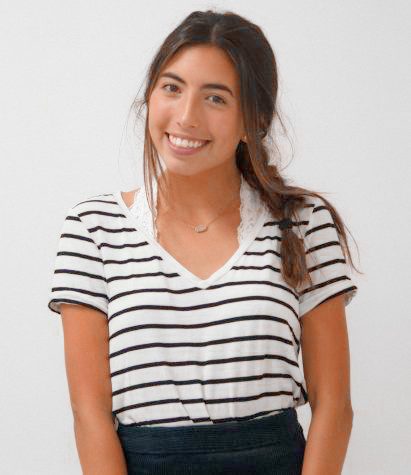21st Century Programs
Who they are and What they Do
October 29, 2019
By Rubyanne Moley // Staff Writer
Creating prosthetic limbs and working with Kansas government officials aren’t an everyday experience with high school students. However, Olathe Public Schools offers the solution of 15 programs made strictly for the benefit of the students that allow them to participate in their passions. These four-year programs are the 21st Century Academies. They focus on different careers, and indulge in various activities and projects that aim to teach students the skills essential for the field. Whether the student is unsure of their future career goal or has their heart set on one, these academies are perfect for educating students in their personal interests.
Their purposes, as stated on the Olathe Schools 21st Century Page, “are to relate classroom learning to the outside world”, “focus on the global workplace”, “recognize the broad based role of technology”, “promote the importance of citizenship and character”, and “provide flexibility of schedule and interactive instructional methodology”.
Typically, students apply during their eighth grade year, yet sometimes applications are accepted sophomore year.
Out of the 15 offered programs, Olathe East holds three of them; Design, Future Educators, and Civic Leadership.
Civic Leadership
The Civic Leadership Academy focuses on two fields of study: public administration and legal studies. Public administration encompasses government jobs and officials that implement policies, while legal studies are jobs of law. The program requires a minimum number of enrichment hours, otherwise known as enhanced learning outside of school. With Civic Leadership especially, hours are easy to obtain, with any interaction and aide to the community adding to E-hours. The academy often recommends other classes the students should take, like business and sociology.
Projects range every year from developing solutions to community problems to field trips. Laney Scott, a senior, took on the project of African literacy rates. Her solution? Establishing a book box that anyone could take a book from or add to, being filled by a book drive.Some field trips included ropes courses for team bonding to The White House Decision Center. From these experiences, skills like communication have been strengthened. Senior Sammy Rogers believes he’s become “better at communicating and public speaking” from the countless appearances talking in front of crowds. “It’s really a lot of lifeskills, instead of everything you need to know about a courtroom,” said Scott on the basis of her learning. She has developed her skills from Youth Court, academy events, meetings with the assistant city manager of Olathe.
Students with the academy have many opportunities gifted and brought to them by the program weekly. They recieve emails constantly referencing colleges and internships to experience more in their career field. The academy also provides senior internships that allow students to leave school to shadow a real work environment.
Currently, eight of the academy’s students and one teacher have the project of hosting the Grand Benefit Gala. This event will raise money for KVC, a nonprofit child welfare and behavioral healthcare organization determined to help kids in the Kansas City metro area and east regions. The gala has many sponsors like Garmin, boutiques, coffee shops, and more. If you are curious about attending or helping donate, visit civicleadershipgala.com. The gathering will be held October 12, with the goal of raising $10,000. They also plan to host a silent auction to further their profits.
More onto the topic of team building, working together generously improved the academies overall cooperation and communication. With not only harmonious field trips, the academy spends time together over the summer, with meetings secure bonds from the much time spent together on projects. Both Scott and Rogers agree they have made or strengthened their bonds from the experiences shared. Both of them also do not hold the same dreams for their future as when they joined the academy. Rogers boasted about his career dream as president when in elementary and middle school, which later morphed into the idea of a job in the medical field. Scott, as well, slipped from her dream of a family law attorney to a slightly more specific medical field; neurology. But now, the students feel prepared and ready for their place in the Civic Leadership of the world with their own paths and goals.
Design Academy
Everything made in this world has been touched by the hands of a designer, which makes the design academy an effective addition to student programs. Much like Civic Leadership Academy, E-hours are required for graduation and 400 hours in total gives recognition benefits. While the teachers don’t specifically recommend classes to take outside of the academy, they cover all aspects of design thoroughly, like computer programs and specific design reaches.
Trips with the program have reached to many interesting places, like New York, Washington DC, Science City, and more. Making a house from scratch with little requirements was a favorite of many students. Source America, which was a favorite of Beth Gurske, involved a competition in which you “find someone in your community who has a disability and a problem they need to solve, and you make something you need to solve that problem.” Her challenge was a girl who played the cello, yet born without a lower forearm, and to design a prosthesis to allow her to play. Gurske dreamed of being an Interior Designer since a young age, like most girls, she said, and has switches courses as her years went on to Interior Design. Gurske also is involved in TSA, technology students association, with another interviewed student Colton Weebly. For the competition, they went to state and nationals, which required large deals of hard work in and outside of school and traveling with overnight stays. No matter the demands of the work, the two had fun forming bonds and creating memories.
Opposed to the skills taken from the Civic Leadership Academy, Design Academy provides students like Gurske with time management skills and knowledge of computer applications like Adobe programs, Inventor, AutoCAD, Chief Architect, Revitt, etc. These programs are essential in fields of design past high school, therefore making the Design Academy an exceptional preparation course for real-life situations.
Battle of the Brains, a competition to design an exhibit, challenges the juniors and seniors this year as they study STEM jobs and museums to create something amazing for kids. The project poses to be time consuming, difficult, and possesses many different aspects of varying skill fields. But, with the cooperation and determination, significantly successful exhibits will take first place for Olathe East.
Future Educators
There is something wonderful about leaving a mark on the lives of students, which is why it isn’t a surprise many students at young ages know it’s their dream. Future Educators credit themselves on teaching its students the skills to be a successful teacher, whether it be social skills or the mechanics behind a classroom. Senior Maria Garcia found that she’s become very comfortable in front of crowds, especially her peers.
Each student has also adapted a personal teaching style through their time in the program, preparing themselves currently with a project that involves making their own lesson plan. The lesson plan involves all the aspects needed for the classroom to function: the initial greeting, the rules, the atmosphere. Throughout the years they learn how to start and end lessons as well, which is incorporated into the lesson plan.
Just like the other academies, e-hours are also required for graduation. Students typically gain these through helping the community, teachers, assisting at church, etc. College tours and visits, a common field trip for the academy, keeps students aware of their options for the future, like trips to MNU conferences, as well as the College Ambassadors Club. Another club associated with the academy is the Future Educators Rising Club, which is a competition that involves ranking student-made teaching plans.
Unrelated to the educational side of it all, students had joyous fun meeting together over the summer with activities like goat yoga and working on the summer homework. All of these secured team bonding between classmates. Garcia gives credit to the academy for making new friends after the struggle of moving and having English as her second language. Being surrounded by others who shared the same passion as Garcia made her feel far more comfortable expressing herself and her ideas. To study in an environment unknown and with an unfamiliar language is a hard step to take, which makes her more motivated than ever to become an ELL teacher. “I understand how a kid feels coming to a new school not knowing anyone, not knowing the language,” said Garcia on the matter of the struggles children moving from other countries face. “I’d make them feel comfortable, and support them,” which is all a confused and scared student needs.

